10 Trout Fishing Tips For Beginners
Most lakes and rivers are home to trout, a common species. Trout are well-known for their mild, sweet flavor. They can be caught in a variety of ways, but fishing with bait or lures is the most common method. Rainbow trout, brown trout, and even some salmon species are just a few of the many varieties of trout that can be caught around the world.
As a starter, before getting into it, if you dont have a good fishing kit, I’d recommend you getting the 82 piece Leland’s Trout Magnet Neon Fishing Kit which is a set of lures, hooks and spoons which you will need for your trip for trout, bass, catfish and many others.
There are over 400 species of trout in the world. Most of these species live in freshwater lakes and rivers, but some also live in saltwater or even underground. In general, however, trout have a very distinctive shape with large eyes and mouths that they use to feed on underwater prey such as aquatic insects, worms, crustaceans and other small fish.
Before getting into it, this is a pretty detailed guide and if you are completely new to this activity, you can check out How to Catch Trout where you will be exposed to an overview of how to fish for them.

1. The First Month
Fishing for trout is best during the first month of the season. Using logs, boulders, or other covers, slow down the moving water so as to slow down the trout fishes.
2. Trout Fishing in the Summer
During the summer, trout will move into deep holes near the base of rapids. They will be laying in front of or behind structures that break the current. Locate these locations and fly your lure over them. The best time to catch trout is in the first hour or two after the sun rises. You can read further about trout fishing if you’re a beginner at Trout Fishing Basics. If you’re interested in Surf Fishing, you could also check on 10 Truths From Veterans on How To Surf Fish too.
3. Rainfall in the Summer
In the summer, rainfall is the most important factor. After a lot of rain, the water level will go up, its color will get darker, and the big trout will come looking for food. If you want to catch big trout, go fishing after a lot of rain. During this time, large trout will move into shallow areas. Additionally, trout can be caught in open water close to undercut banks or other cover. You can go on to How to Catch More Trout for additional information.
4. Face Into The Current
Position yourself so you are looking into the current as the trout are. You’ll be approaching the trout from its tail as a result of this. Bring the lure directly downstream or down and across while casting in the opposite direction of the current. Because of this, the lure follows the current exactly as a trout anticipates its next meal.
5. Match The Hatch
It is always smart to study the water and figure out what the trout in a body of water are eating. You can also inquire among other anglers or at a nearby fishing store. With that information, you can now use your lures and baits to imitate that. Match the hatch is the name of this procedure.
6. Think Outside the Box
Sometimes the trout won’t take your bait or lures. Think outside the box and try something new in this circumstance. It’s possible that the trout will take your offer if it notices something strange. In such circumstances, large attractor flies are known to be effective.
You could also just watch this video to understand how you can think outside the box!
7. Stocked Trout
One important fact to keep in mind is that native trout find their natural food while stocked trout are used to eating fish food made by humans. When fishing, it’s always helpful to know what kind of trout are in the water. With this information, you can select the appropriate lures and bait for the variety of trout in the water. I personally use the 102 Piece Plussino Fishing Lures Baits as it has everything that you could possibly need for your trout fishing.
8. Ice Fishing
Trout can be caught ice fishing in lakes and streams because they are used to the cold and like to eat in it. In particular, brook and lake trout thrive in cold water. It is very productive to use jigs, spoons, and live and cut baits. You should consider looking at the Booyah Boo Jig Bass Fishing Lure with Weed Guard for jigs or the Sougayilang Jigs Fishing Lures Sinking Metal Spoons Micro Jigging Bait for spoons.
9. Lighter Line
With a lighter leader and line, you’ll catch more fish. Strange trout can be found in small rivers, creeks, and streams. In these bodies of water, cautious trout are managed by lighter lines and leaders.
10. Artificial Lures
When fishing in smaller streams, there are a lot of artificial lures that you can use to your advantage. Plugs, spinners, jigs, and spoons are among them. However, the spinner is the best option. They land softly and are light. In addition, they catch fish and snag the bottom less. The spinner I specifically love using is the Booyah Blade Spinner-Bait Bass Fishing Lure or for a cheaper option I use the Strike King Mini-King Spinnerbait which is also really good.
Conclusion
Fish like trout are very healthy to eat. Omega-3 fatty acids, which are beneficial to heart and brain health, are abundant in trout. It also contains numerous beneficial nutrients, including protein and B vitamins, among others.
There are many different ways to cook trout, including grilled, baked, with seasonings, or just plain with butter.
You can also check out Where’s That Trout? where you can learn how to find trout in the first place in a lake or river, you will be able to locate and ascertain exactly where to throw your line next time around. I would also add that
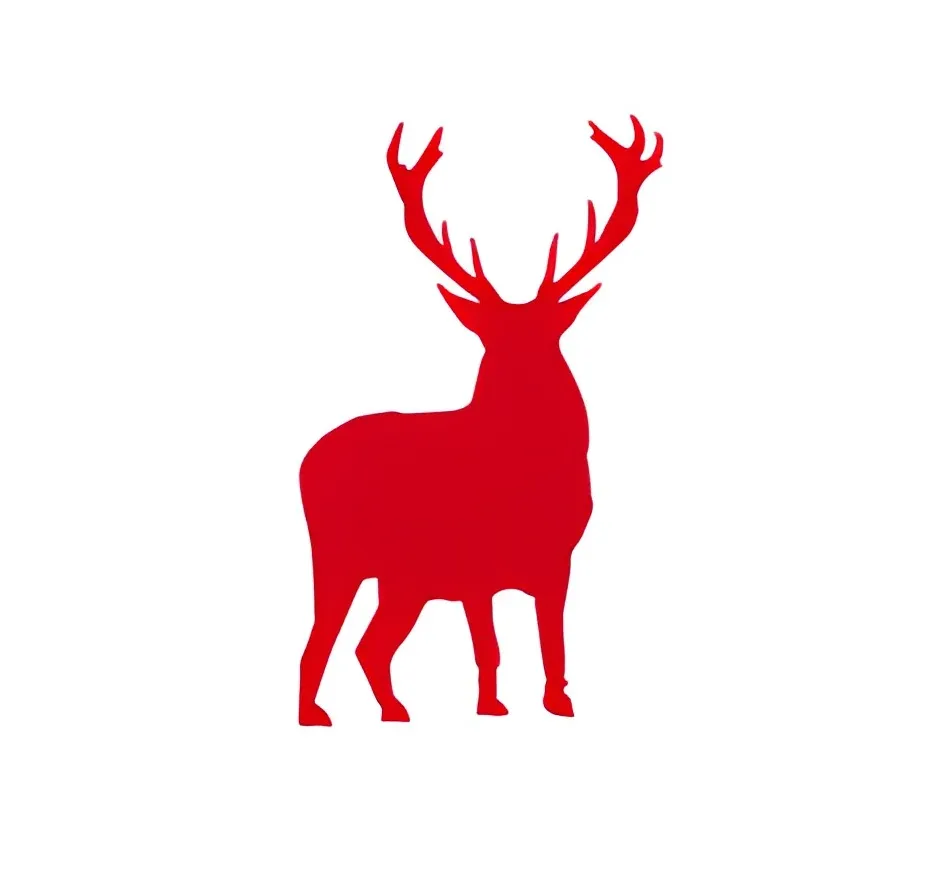
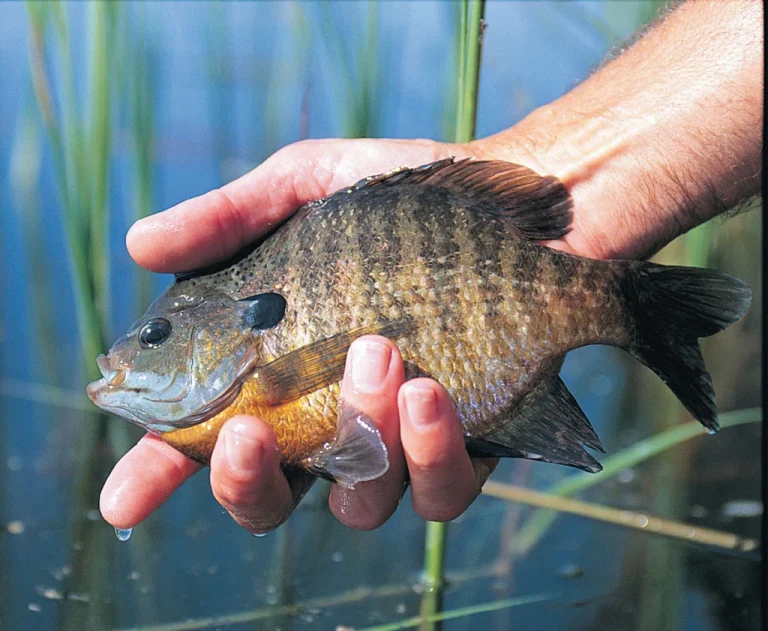
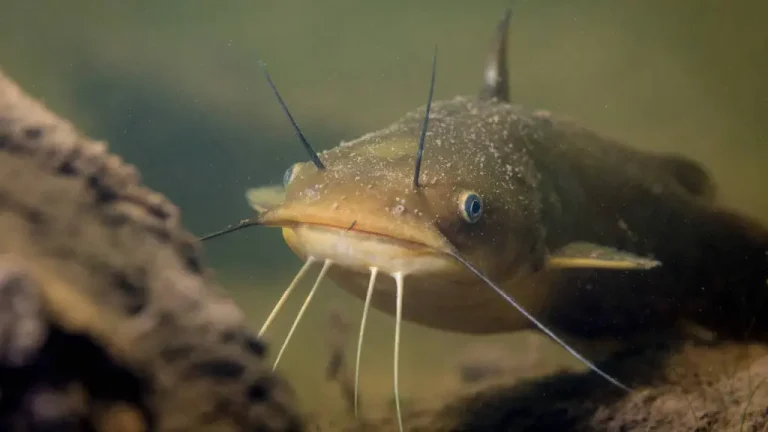

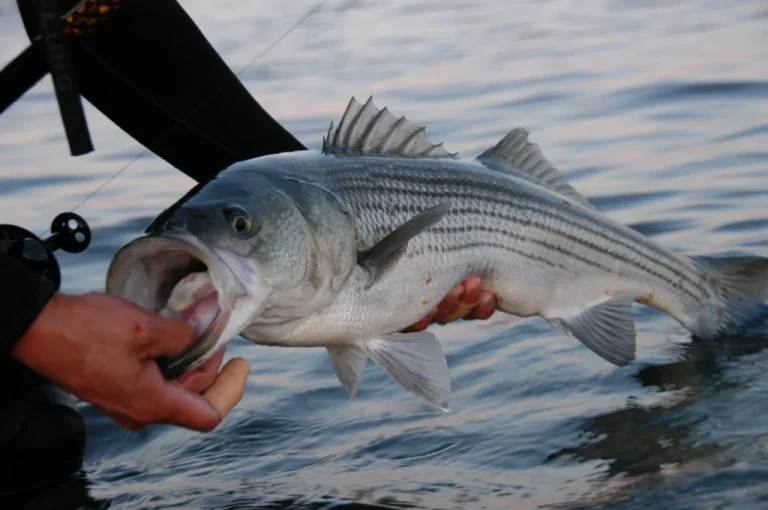
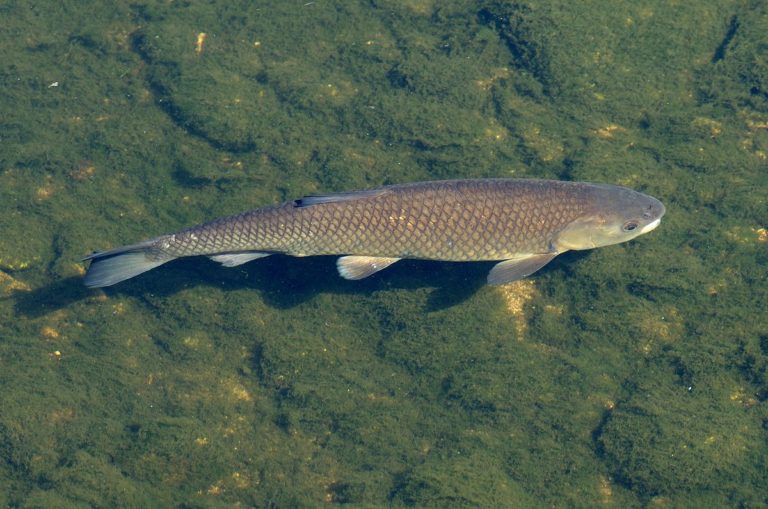
[…] their patterns of behavior and catching them successfully. As mentioned in my latest article http://huntingexpert.home.blog/2023/01/16/10-trout-fishing-tips-for-beginners/, my personal favorite is using 102 piece Plussino Fishing Lures Baits Tackle which does cover all […]
[…] Catfish fillets are often used in fried or baked recipes, but catfish nuggets are becoming more popular as well. Catfish nuggets are formed from ground catfish fillets and then breaded and fried. My personal favorite is frying them and you should definitely give it a try. If you want to fish for trout, you can check out my earlier post 10 Trout Fishing Tips for Beginners too. […]
[…] Sauce if you are looking to chef-it-up in the kitchen for the whole family. Be sure to check on 10 Trout Fishing Tips if you’re looking to hunt for Trout in the coming season […]